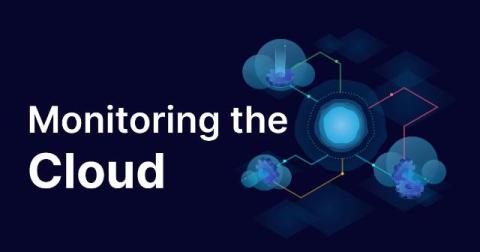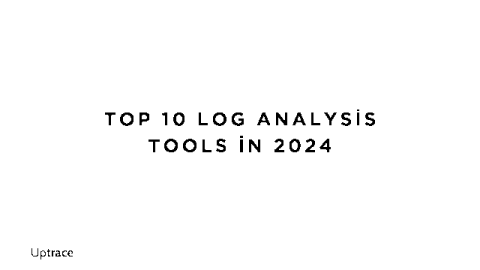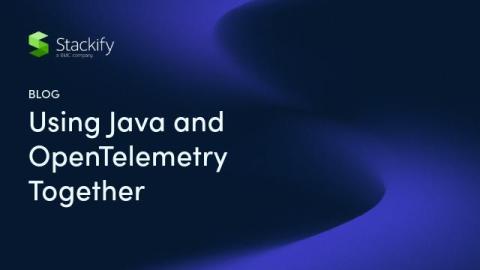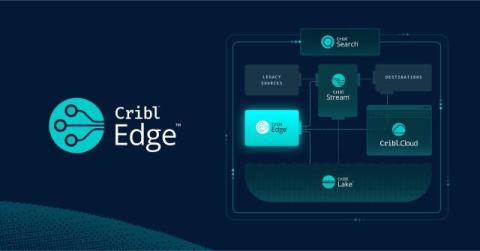Service Level Objective: Definition, Importance, and Best Practices
If you work in IT or have any experience with Service Management, you've probably come across terms like Service Level Objective (SLO), Service Level Agreement (SLA), and Service Level Indicator (SLI). But what do they actually mean, and why do they matter? Understanding the role of a Service Level Objective can help ensure your IT services meet expectations—and it might just be the key to keeping your customers satisfied. Curious to find out more?











